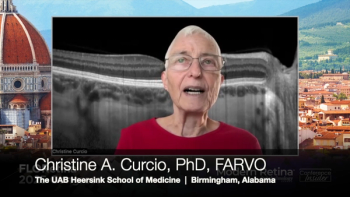
Best mode for treating hard cataracts
The "multiburst" mode of bimanual microincision phacoemulsification machines is unsuitable for treating cataracts with a nuclear density of Grade 3 and above, according to study results published in the July 2008 issue of Clinical & Experimental Ophthalmology.
The "multiburst" mode of bimanual microincision phacoemulsification machines is unsuitable for treating cataracts with a nuclear density of Grade 3 and above, according to study results published in the July 2008 issue of Clinical & Experimental Ophthalmology.
The differences between the three groups were statistically significant. The ultrasonic power was highest for the Whitestar, followed by Sovereign's shortpulse and then the multiburst setting. The multiburst setting had the highest ultrasonic power release time, effective phaco time and rate of endothelial cell loss; the group displaying the lowest levels of these variables was the Whitestar group. In the multiburst group, there was also one case of wound burn and three eyes displaying abnormal fluctuations in the anterior chamber depth.
Based on these data, the research team concluded that, while Sovereign's multiburst mode was an unreliable method of performing this type of surgery, Whitestar technology had the best results of the study and offers an acceptable alternative.
Newsletter
Get the essential updates shaping the future of pharma manufacturing and compliance—subscribe today to Pharmaceutical Technology and never miss a breakthrough.








































